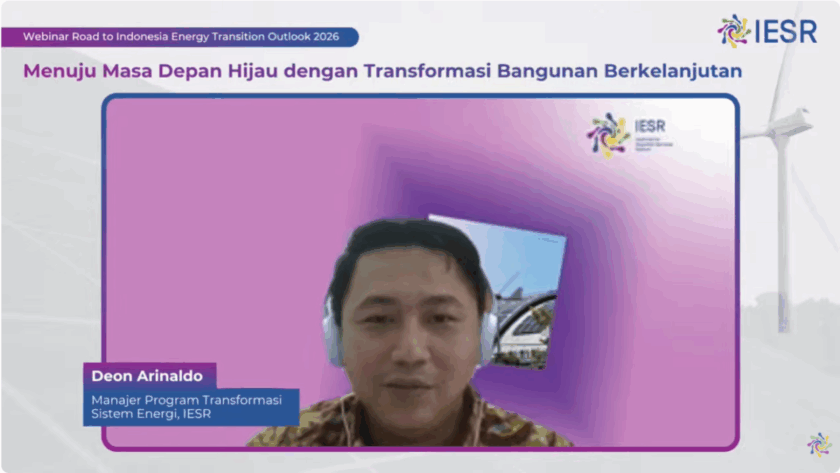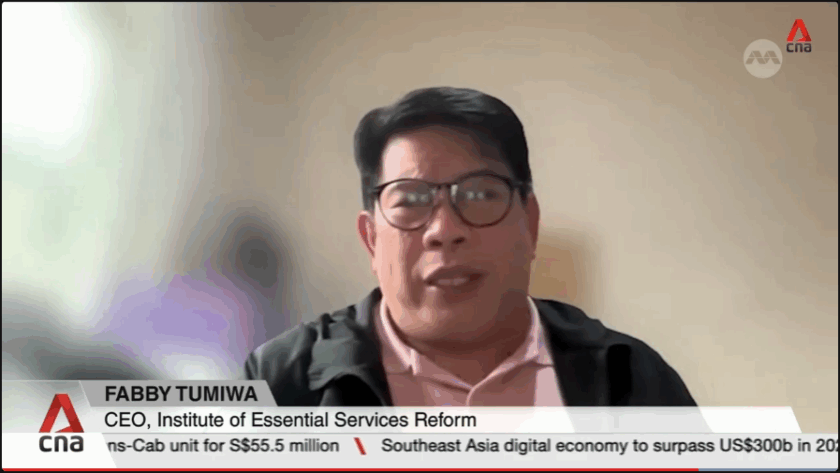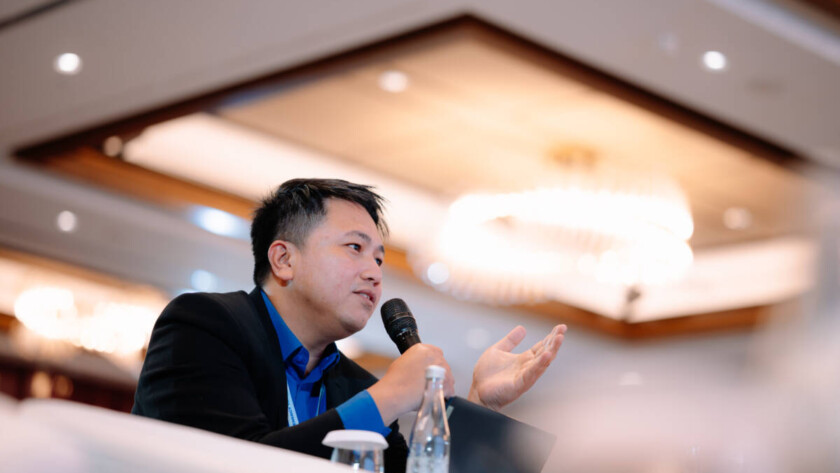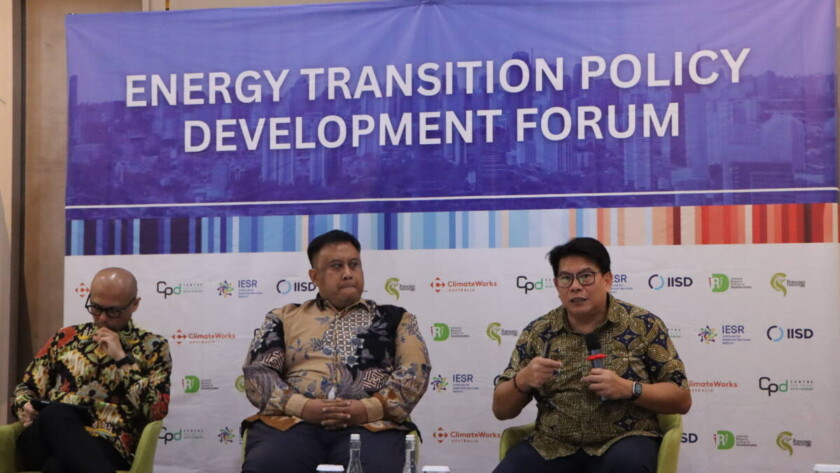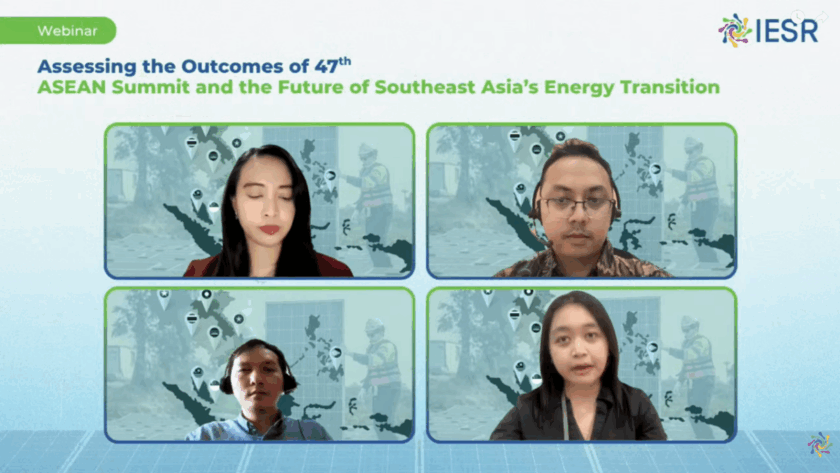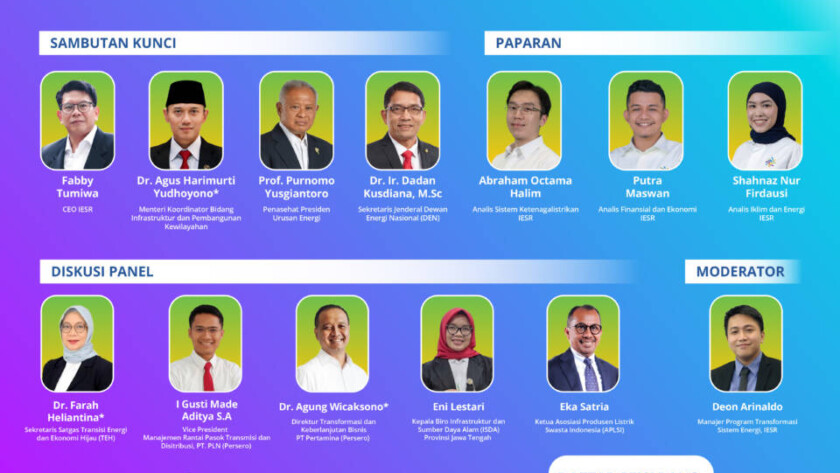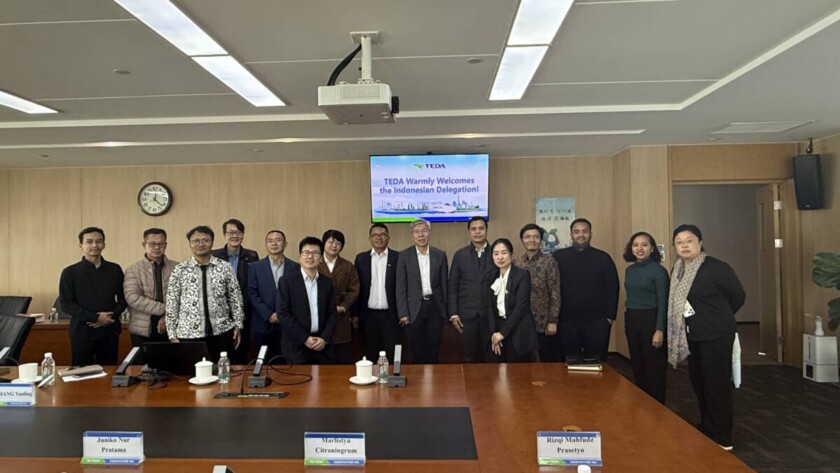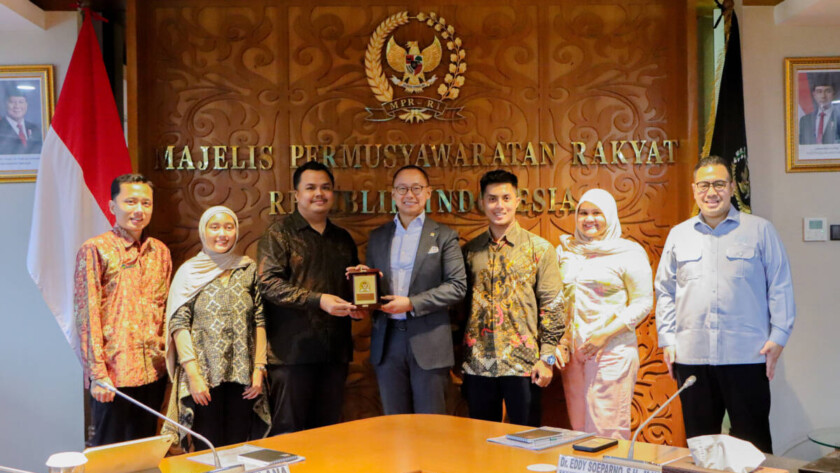Jakarta, November 17, 2025 - Various sectors in Indonesia continue to move towards a low-emission future, and one area currently receiving significant attention is green buildings. Amid the escalating climate crisis, energy conservation efforts are becoming increasingly urgent, leading the concept of green buildings to emerge as a strategic solution to reduce emissions in the…
